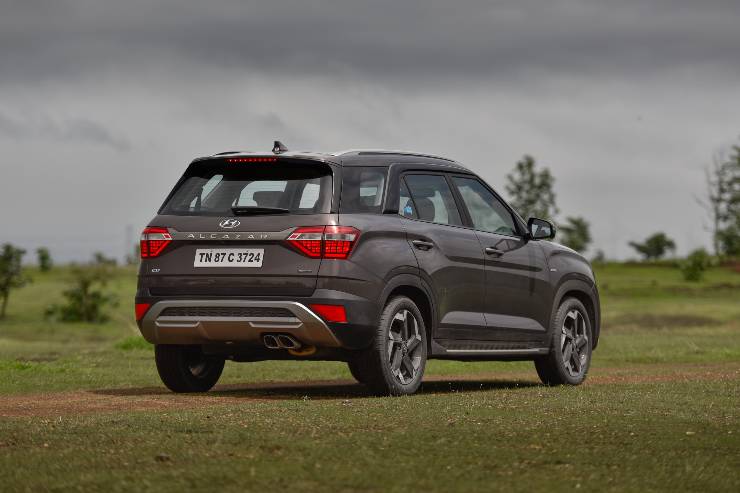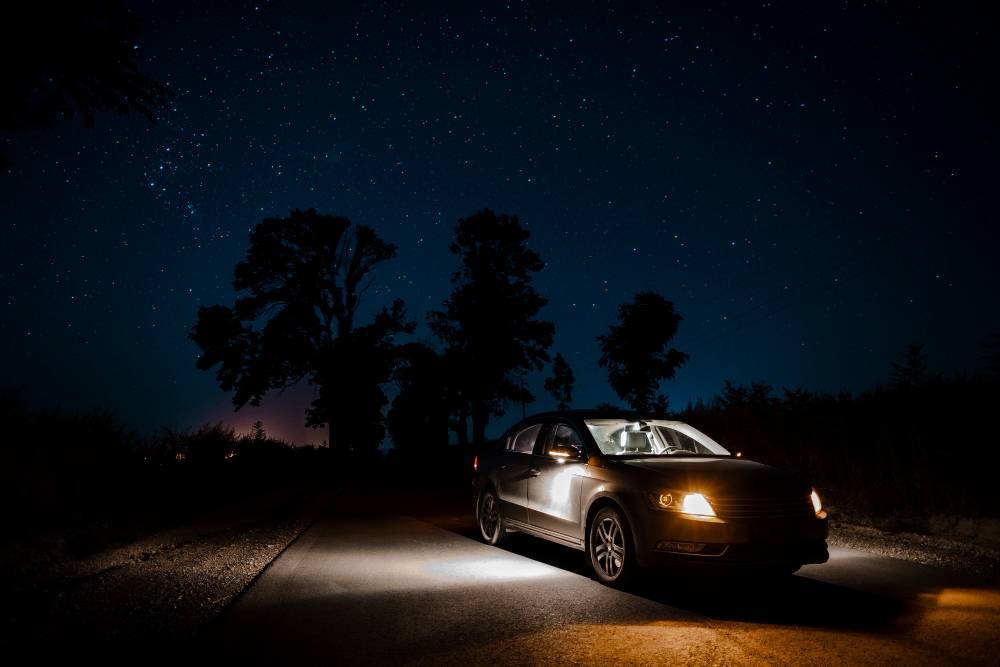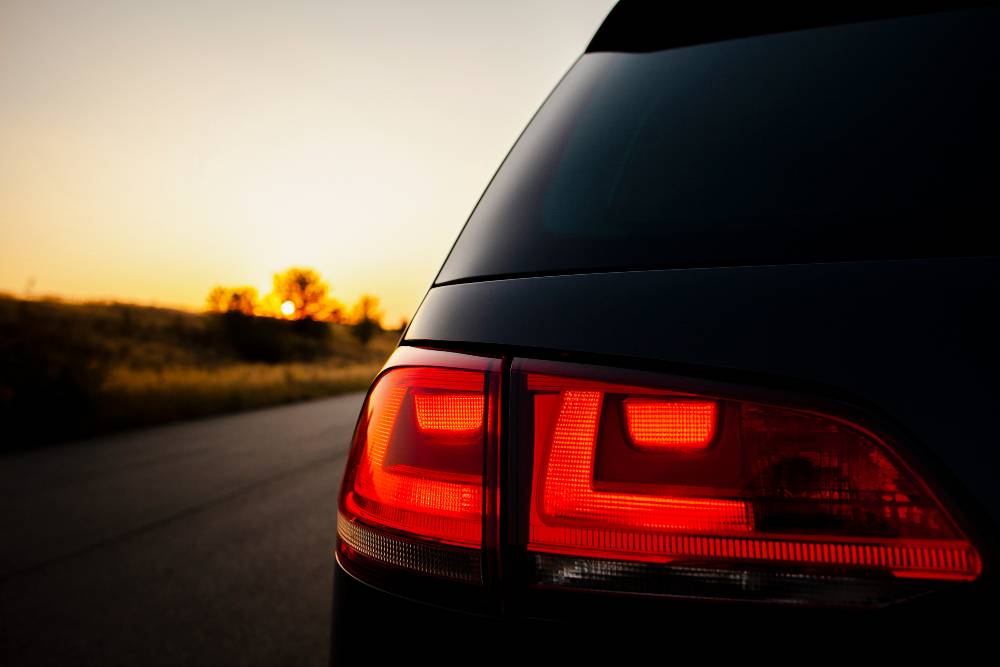Over the past few years, Hyundai India has really focussed on the SUV segment in the country. In fact, Hyundai has become the best-selling brand when it comes to utility vehicles and products like the all-new Creta and the Venue has helped the brand too. Hyundai has now entered the three-row seating segment with the all-new Alcazar. Looking at the price of Rs 16.3 lakh for the entry-level variant of the Alcazar, many of you may feel that it is quite expensive, especially compared to the Creta. But is it really?
Hyundai Alcazar: Looks

The Hyundai Alcazar is based on the Creta platform and that is why the front-end of the car bears a resemblance with the Creta. Yes, the front, especially the headlamps look identical to the Creta but that’s where the resemblance ends. The new grille definitely gives a unique identity to the Alcazar and if you spot the car on your ORVM, you will not confuse it with the Creta. The grille does make it look intimidating and gives it a massive road presence.
Come to the side, the first thing that you notice is the new 18-inch alloy wheels. The new diamond-cut alloy wheels will really grab all your attention. Even the entry-level model of the Alcazar offers diamond-cut alloy wheels, although they are of 17-inch size.

The Alcazar has also become longer, by as much as 200mm compared to the Creta. The extension of the body is not just the increment in the overhangs of the vehicle. Hyundai has in fact increased the wheelbase by 150mm too. The ground clearance is up by 10mm while the height is now 40mm higher. The width of the Alcazar remains the same.
The rear of the Alcazar does look interesting in many ways. First off, you notice the big all-LED tail lamps. The design of the tail lamps is such that it incorporates the front grille texture. The split lamps do look quite good. There is an Alcazar nameplate that runs across the rear width of the vehicle. The twin exhausts and the shape of the bumper do add a sporty touch to the overall design.

Hyundai Alcazar engine transmission and drive
Before we take you through the long list of features that the Alcazar offers, let’s talk about its engine, transmission and drive comfort. We drove the petrol-manual version of the Alcazar. It gets powered by a 2.0-litre Nu engine that also powers the Tucson but it is a refreshed engine that generates more power than the Tucson.

In the Alcazar, the naturally-aspirated petrol engine produces a maximum power of 157 Bhp and a peak torque of 191 Nm. It is enough to move the Alcazar at a good pace. In fact, internal testing by Hyundai shows that the petrol model can touch 100 km/h in under 10 seconds and that is quite quick for a family car. The engine remains noiseless even while revving at a higher RPM. The gearshifts are also very smooth and typically Hyundai.
The most interesting part is Alcazar’s stability on the roads. Somehow, you do feel more confident while taking corners at high speed in the Alcazar compared to the Creta. The explanation from Hyundai’s technical team says that it is because of the longer wheelbase that increases the footprint and also the addition of the HRS to the suspension. Nonetheless, the Alcazar feel plaint and very stable at higher speeds and you do not think twice before changing the lanes at speeds of above 90 km/h anymore.
The steering weighs up nicely with speed. But again, it is a typical Hyundai steering where you do miss out on the feedback part. But then, who would want to drive enthusiastically while travelling with the family?
Overall, we are impressed with the petrol-manual and the Alcazar behaves on the road, especially at the higher speeds. We did take a short spin in the diesel automatic and because of the added weight from the diesel engine, that definitely makes the variant stick better to the road surface.
Hyundai Alcazar: First class luxury

There is no doubt that Hyundai cars are loaded to the brim when it comes to the feature’s list. The Alcazar is no different. Hyundai is aiming for the customers who want to enjoy the chauffeur driving with the Alcazar and also the individuals who love to drive the car by themselves so Alcazar does offer the best of both worlds.
Let’s start with the third-row seating. To enter the third row, you just have to use one simple lever and the middle row seat collapses and folds in front of your eyes to give you access to the third row. The space is not massive in the third row but it remains good for children on longer drives and adults on shorter drives. Hyundai has loaded the third row with an AC fan control knob and two USB chargers with cupholders and space to keep the gadgets too. You can also slide the second-row forward to create more space and if you want to recline the third-row seat, you can do that by pulling a ribbon.

Coming to the second row of the Alcazar, we spent time only with the six-seater version that offers pilot seats in the middle row. And boy they are extremely comfortable. Hyundai has added several features to make life much more comfortable and luxurious. Starting with the segment-first retractable tray that can hold up to 3 kg of weight and it gets a holder for the tablet too.
There is a massive central console as well. There is space underneath the console and it acts as an armrest too. The central console also offers various features like a wireless phone charger, which again is the first-in-segment feature.
With the massive windows and the panoramic sunroof as standard across the variants, the cabin feels very airy and comfortable even for the last row passengers. So if you feel claustrophobic, the Alcazar sure can be a great choice.
From the driver’s seat

The front seats are even more luxurious. We were driving the top-end Signature variant of the Alcazar so it does offer a lot of bells and whistles but even the mid-level variant offers the same instrument cluster, which is of massive 10.25-inch size. The cluster is extremely sharp and is of high resolution.
It does show a lot of information and Hyundai has also added a blind spot monitoring system that works very well. Whenever you turn the indicator, the instrument cluster starts showing the feed from the camera mounted on the ORVM of that side. It works flawlessly. And there are 64 ambient light settings to match your mood!
In the middle sits the same 10.25-inch infotainment system that is also available with the Creta. Hyundai has added a plethora of new features in BlueLink and you can even talk to the Alcazar and ask it about the weather, news or operate the sunroof, without touching any buttons. Even the front gets a lot of space to keep your small items secure. You would not feel that the Alcazar is low on space.
Enough space for luggage?
As all the seven-seater vehicles suffer from luggage space, the Alcazar does have similar problems. With all the three rows up, you get 180 litres of space and that’s the highest in the segment. Yes, it is not enough to keep six individual bags of the travellers but if you travel light, this will do that job. The Alcazar gets split seats in the third and the second row that can be folded completely to create acres of space too.
Justifies the price tag? Should you get it?

At Rs 16.3 lakh for the entry-level variant, the Alcazar does look expensive on paper. However, Hyundai revealed that they receive more than 60% of bookings for the top two variants of the Creta and that is why they are following the strategy of not offering a base variant with the Alcazar. Even the entry-level variant of the Alcazar gets features like a panoramic sunroof, infotainment system, semi-digital seven-inch instrument cluster, alloy wheels and much more. So we cannot really call it a base variant. Hyundai has received about 4,000 bookings and the demand for all the three variants are quite equally distributed so the new variant strategy is sure working.
If you are looking for a six-seater or a seven-seater that is extremely comfortable and is feature-rich, do a test drive the Alcazar. Currently, the waiting period on the Alcazar is about 2 months but that can increase quickly due to the demand.